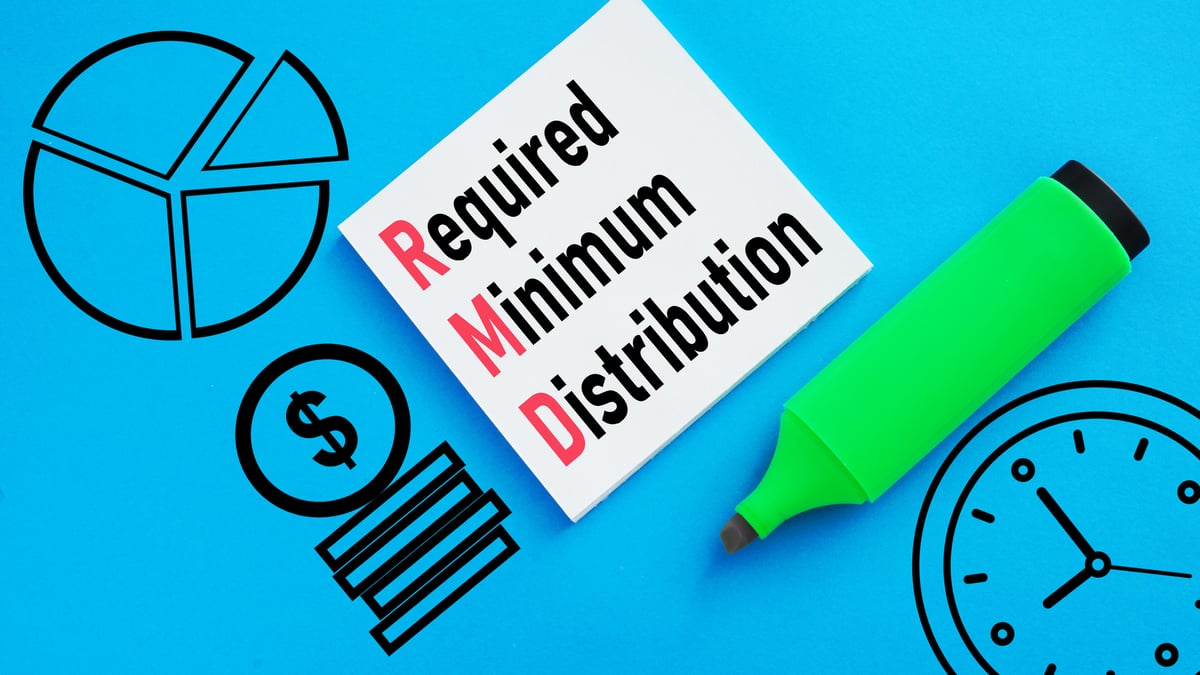
Image source: Getty Images.
Baby boomers may get the finger pointed at them often for a lack of savings, but America as a whole is pretty poor when it comes to putting money away for retirement and investing what's been set aside for your future.
According to a recent study from the Employee Benefit Research Institute, just 22% of Americans feel "very confident" that they'll have enough money to retire comfortably, as well as have that money last throughout their retirement years. Another way to look at the data is that 78% of respondents believe there's at least some chance they won't have enough money to retire, or they'll outlive what they've set aside. That's a terrifying statistic.
Equally terrifying data from the EBRI's report showed that 57% of respondents had less than $25,000 saved for retirement, including 28% with less than $1,000. This figure has actually increased from the 54% of people who had $25,000 or less put away for retirement in 2004.
Yet, what's really troubling is that the data doesn't have to look like this. What the American public fails to realize is that time and compounding can do a lot work over multiple decades with a relatively small, but regular, saving and investment contribution. Saving a relatively small amount each week could have a dramatic impact on your ability to meet your retirement goal, with the key being starting as early as possible.
Let's take a look at a few examples and you'll see just how quickly a small sum of money saved can equal a large nest egg come retirement.

Image source: Getty Images.
Saving a little now can mean a whole lot of money later
For our example we'll have to set some baselines using Bankrate's investment calculator. We're going to assume our fictitious individual begins saving and investing at age 22 and that he or she plans to retire by age 67 (45 years later), which is the full retirement age, per the Social Security Administration, for people born in 1960 and after. Other assumptions include that our fictitious individual will invest their savings into the stock market, which has a historical return rate of 7%, including dividend reinvestment, and that contributions will be made weekly with interest compounding on a daily basis. Finally, we're going to make the assumption that all funds will head into tax-deferred accounts, such as a Traditional IRA or employer-sponsored 401(k), where you'd owe tax once you begin taking distributions, or a Roth IRA, where you'll owe no taxes on investment gains. Thus we'll wind up with a clean, tax-free figure.
Let's take a look at how quickly your nest egg could grow if you saved $10, $20, $40, $50, or $100 per week for a 45-year period.
The average American household brings home about $1,000 per week, meaning setting aside $10 is basically 1% of household income. Yet, setting aside $10 per week over 45 years will yield $165,776 by the time you turn 67 years old.
Here's what would happen if you began increasing the weekly savings rate:
- At $20 per week you'd have $331,553 by age 67
- At $40 per week you'd have $663,105 by age 67
- At $50 per week you'd have $828,882 by age 67
- At $100 per week you'd have $1,657,765 by age 67
Mind you, these calculations take into account the historical average rate of return of investing in stocks with dividend reinvestment. You may do even better if you choose to invest in individual stocks as opposed to index funds.
Furthermore, if you add just five additional years (i.e., you save and invest for 50 years instead of 45) to the above saving and investing example, the returns really skyrocket. Here's what you'd have after 50 years of saving and investing using the same weekly contributions as the prior example:
- At $10 per week: $238,351
- At $20 per week: $476,702
- At $40 per week: $953,404
- At $50 per week: $1,191,755
- At $100 per week: $2,383,509

Image source: Getty Images.
The keys to success
If the above data doesn't demonstrate just how powerful time and compounding can be, then I'm not sure what would. These figures are attainable for you, too. The key is that you need to be proactive and have a plan in place to make it happen as soon as possible.
Arguably the biggest challenge is getting a working budget in place and sticking to it. Having a budget will allow you to quickly and accurately assess your monthly cash flow, which in turn gives you a better chance of optimizing your ability to save. If you don't have a budget, optimizing your savings could prove veritably impossible. Thankfully, most budgeting tools can be found online, meaning 15 to 30 minutes per month is all you'll probably need to reassess and adjust your spending and saving habits.
What's difficult is sticking to your budget. In order to stay accountable you should do your best to surround yourself with people who share your goals to save. This means everyone under your roof should be onboard with a household budget, including your kids. It may not hurt to separate funds for certain categories, such as food and entertainment, from your checking account. If you have difficulty resisting the urge to spend, seeing excess cash in your checking account might justify a compulsive outing. Lastly, consider setting up an automatic weekly, bi-weekly, or monthly transfer from a checking or savings account to an investment account. This way you have no excuse not to invest, and you're held accountable by ensuring you have enough in your account to support the weekly, bi-weekly, or monthly transfer.

Image source: Getty Images.
Picking the right investments tools can also be important. As noted above, plenty of investment vehicles are at the ready for the American public. A Traditional IRA or 401(k), which may be perfect investment vehicles for some people, are tax-deferred accounts that require the accountholder to begin paying income tax once they begin taking withdrawals. On the other hand, a Roth IRA is a tax-free investment tool. Just image if you were able to keep all of your investment gains instead of handing 15% or 25% over to the Internal Revenue Service. That could work out to a five- or six-digit savings and really extend the life of your nest egg.
Lastly, though you may retire from the workforce, never retire as an investor. People who are retiring today were told to expect an average life expectancy of about 70 years. Today, the average life expectancy is 79 years. Chances are that as health education and medicine improves, this figure will continue to rise. This means preparing your nest egg to last longer than ever and taking the reins of your nest egg even after you hang your work gloves up for good.
Remember, a little set aside now can make a big difference later in life.





